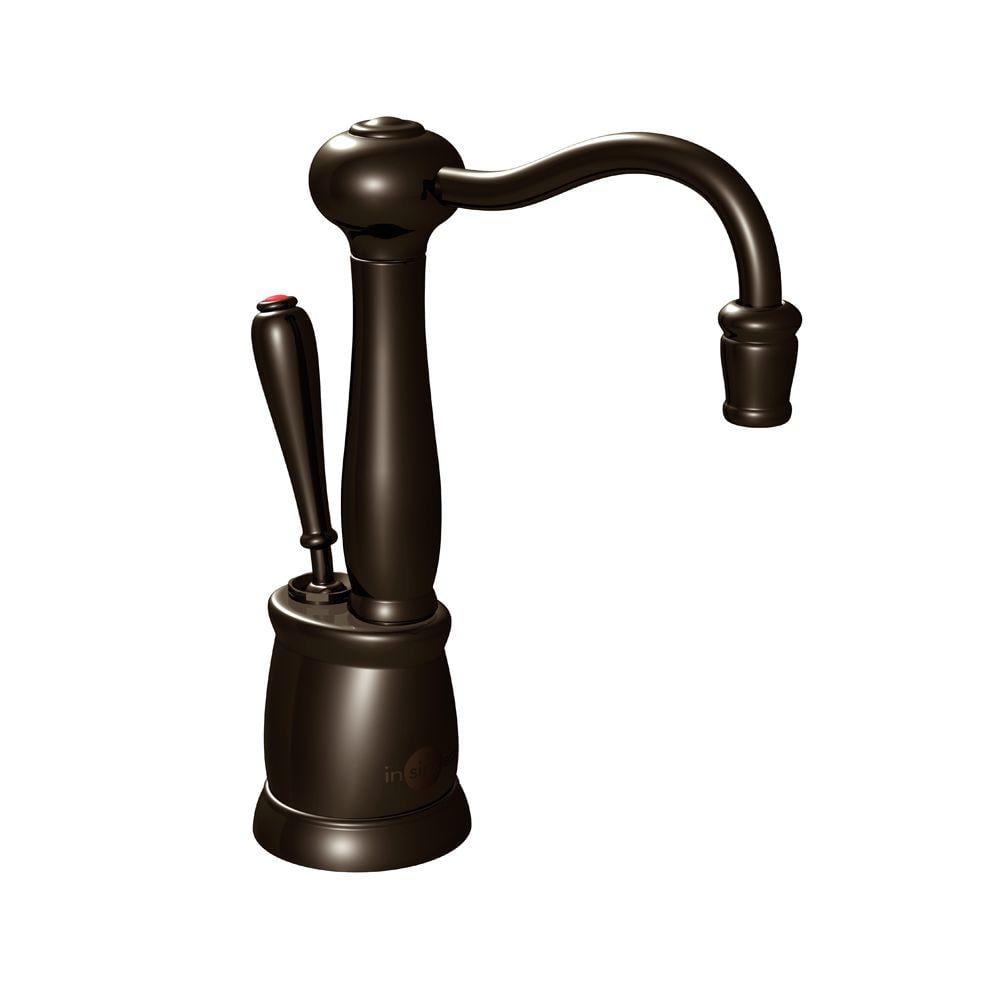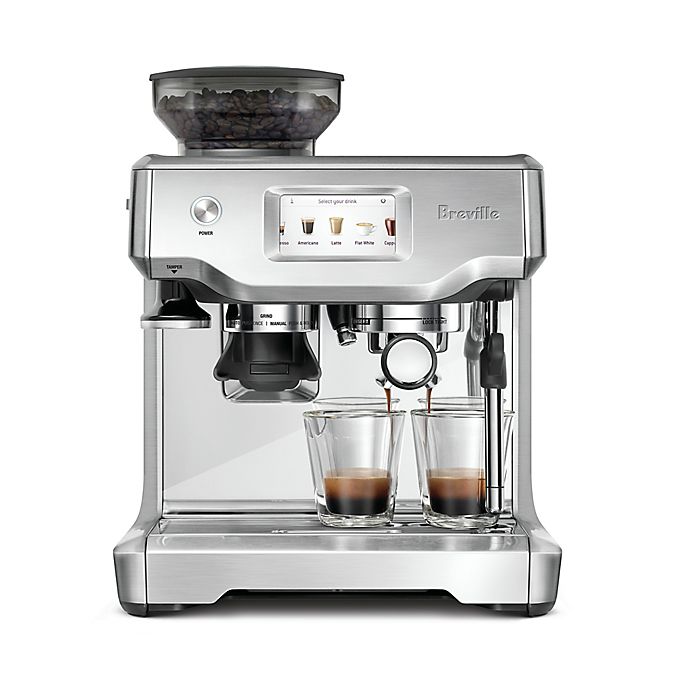InSinkErator Indulge Antique Series 1-Handle 8 in. Faucet for Instant Hot Water Dispenser in Oil Rubbed Bronze
1-Handle Oil Rubbed Bronze Deck Mount Swivel Faucet. Durable All Brass Faucet Fits Standard 1.25″ – 1.5″ Hole. Backed by our 5-Year “We Come to You” Limited In-Home Warranty.
The InSinkErator instant hot water dispenser sits right at the edge of your sink, the perfect compliment to your faucet. It is ready to dispense near-boiling 200°F water instantly. The instant hot water dispenser improves efficiency and adds convenience for a variety of different tasks including preparing coffee or tea, blanching vegetables, making oatmeal, loosening baked foods, warming baby bottles and many other kitchen activities. So simple, so useful, once you use it, you’ll love it instantly.
- Compatible with InSinkErator HWT-F1000S Series Hot Water Dispenser Tank & Filtration System (sold separately)
- Graceful, high-arch swivel spout makes filling pots & pitchers quick and easy
- Durable brass faucet dispenses near-boiling water up to 200°F
- Hot water lever automatically shuts off when not in use
- Backed by InSinkErator’s 5-Year “We Come to You” Limited Service Warranty Covers Repair or Replacement by an Authorized Dealer
- Available in several designer finishes
Additional information
| Connection size (in.) | 3/8 In. |
|---|---|
| Faucet Height (in.) | 8.5 |
| Spout Height (in.) | 8.5 |
| Certifications and Listings | No Certifications or Listings |
| Manufacturer Warranty | 5 year parts and in home service |






by Rose
I love having the capability of hot water at an instant for tea, coffee, hot cocoa, and instant oatmeal. I can’t imagine not having it now.
by David
Great faucet, feels very solid Andy a breeze to install. On the expensive side, but you can feel the quality. I would definitely buy this again.
by Kevin
Enjoying the convenience of the hot water. Nice fixture but a couple of small annoyances. The heating device under the sink is louder than my previous device. I can hear the water heating up within the closed cabinets. Also, after depressing the handle for water, the valve doesn’t immediately close and a small stream continues for a second or two.
by Penny
LOVE the way this looks in my new kitchen! Easy to install and easy to use.
by Reggie
We bought the oil rubbed bronze rather than the chrome. It’s a beautiful compliment to our new home kitchen.
by Boonie
This hot water faucet was a replacement that I needed to match the water faucet. It was expensive. You cannot buy parts to repair older faucets that leak. The installation was relatively easy except for the awkwardness of working under the sink next to the disposal.